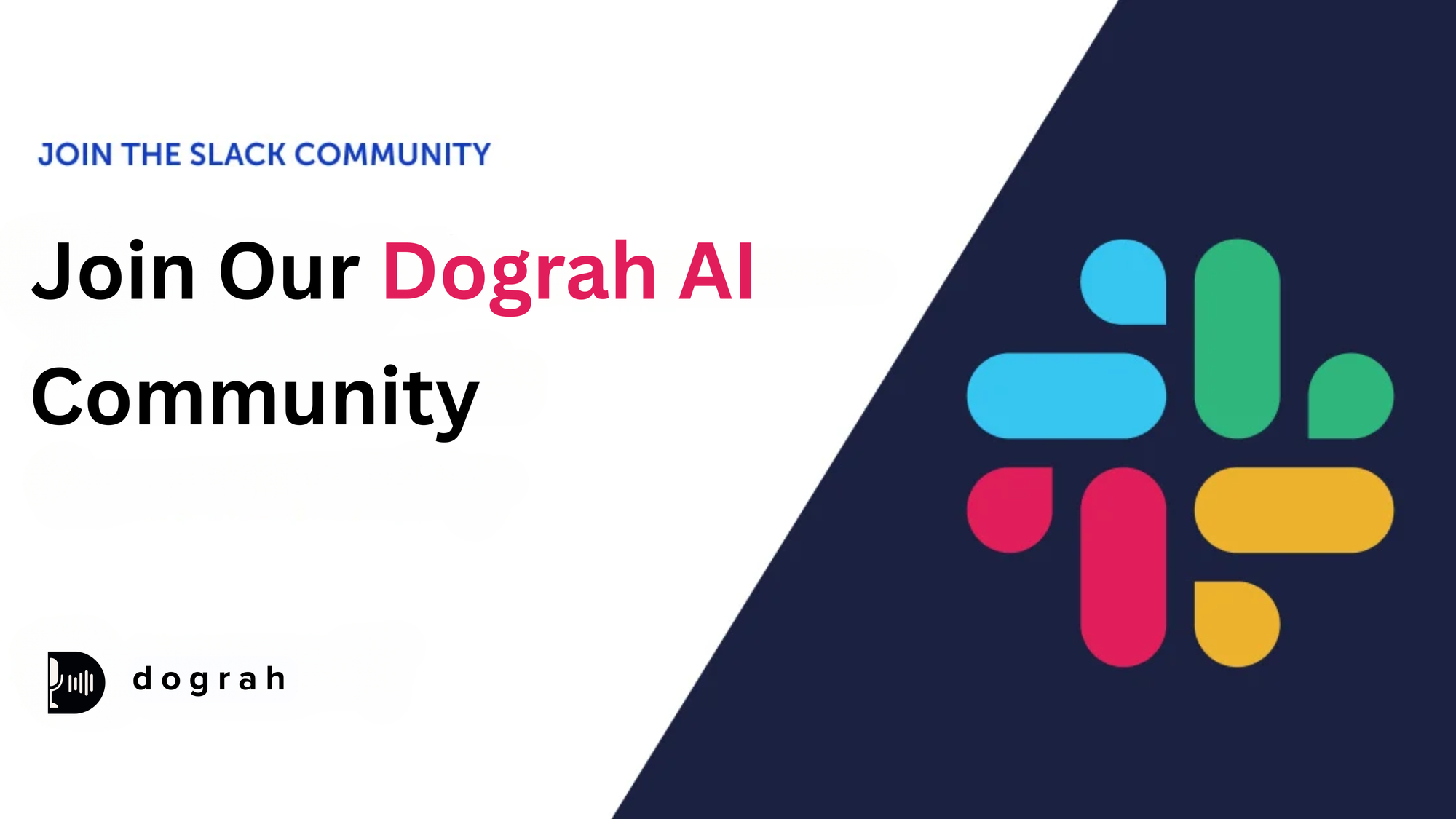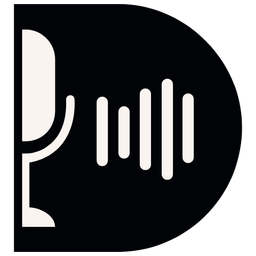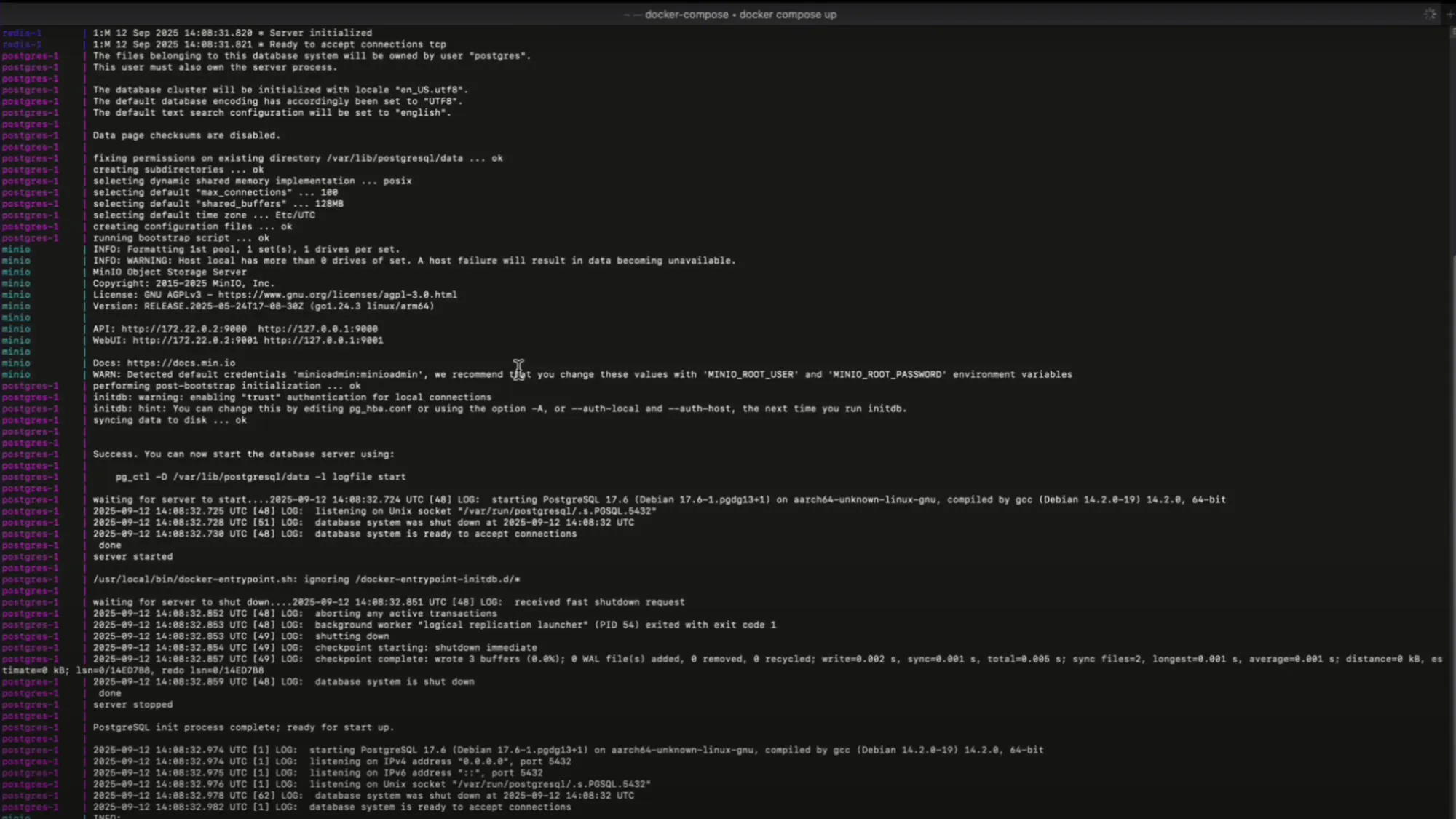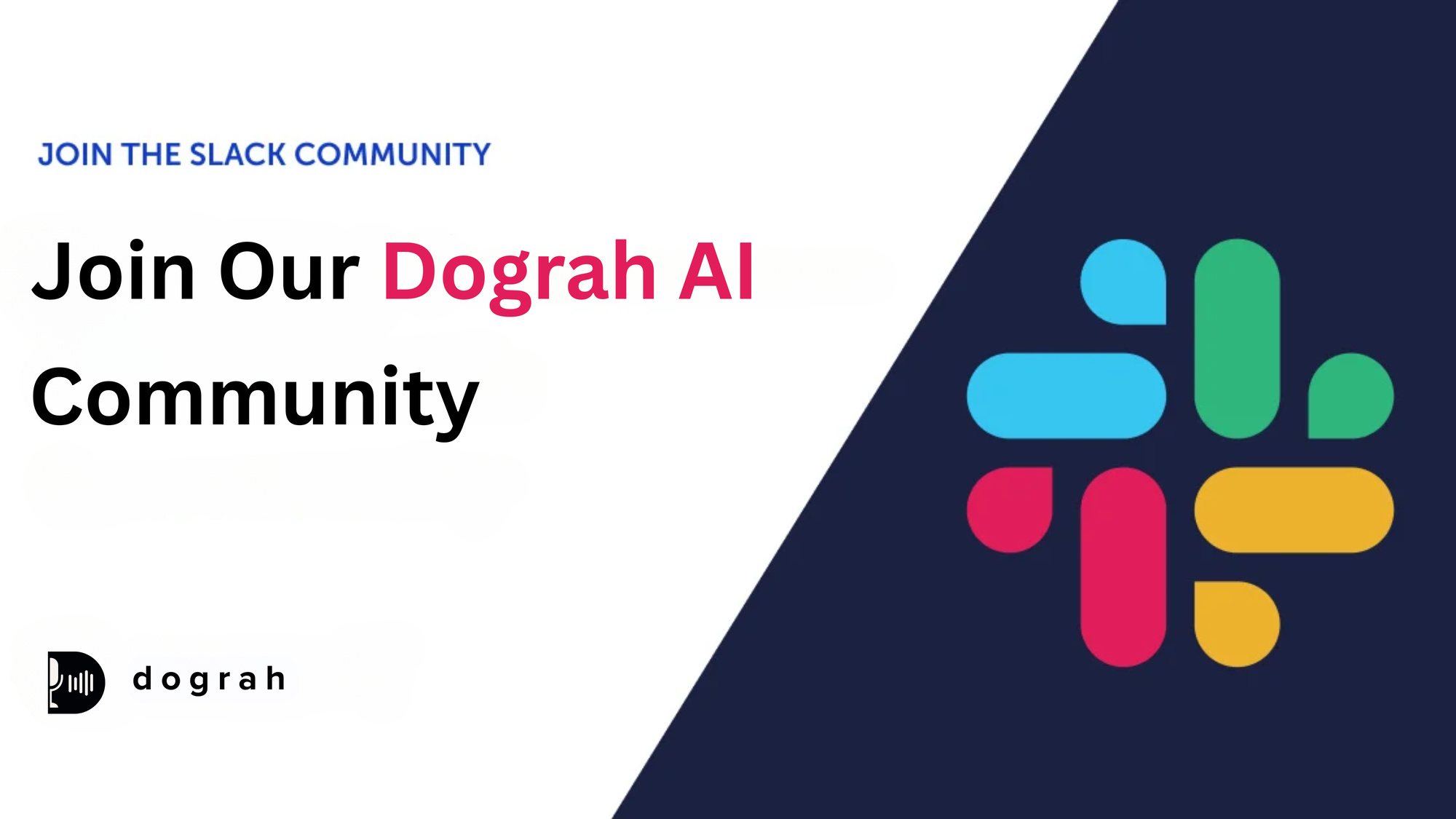How Call Automation Cuts Outbound Calling Costs by 60%: Virtual Assistant Guide
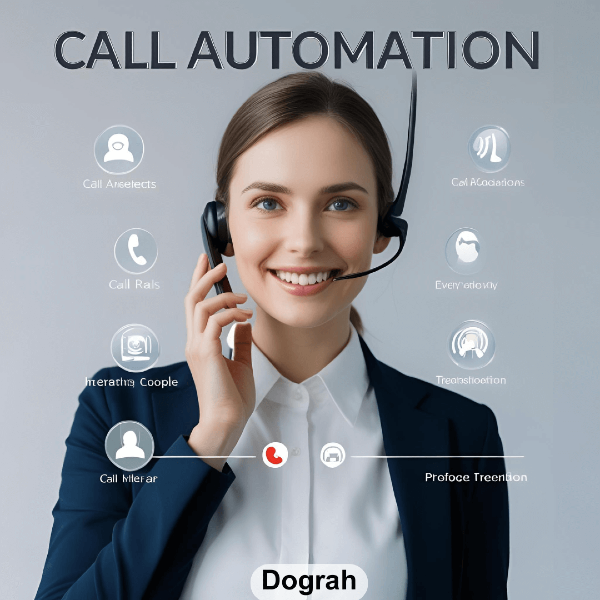
Did you know that outbound call automation can ? Call automation has changed the way businesses handle customer communication and cuts expenses by a lot. Average outbound call response times hover around 40 seconds. A few seconds of delay can cause up to a 3% drop rate in call attempts reduce operational costs by 60%.
The modern digital world shows that 90% of clients think immediate responses are vital for excellent customer service. Virtual assistant outbound calling solutions provide 24/7 on call automation capabilities to meet this need. Businesses that use call center automation have seen a and a 60% increase in sales-qualified leads. Companies can handle up to 10,000 calls daily by automating top-of-funnel tasks. This ensures customers never wait long 40% reduction in response times.
This piece will show you how automated solutions cut costs, optimize operations, and improve customer satisfaction better than traditional outbound calling methods.
Understanding Outbound Call Costs in Traditional Call Centers
Traditional outbound call centers rack up huge operational costs that often go unnoticed until they hit the bottom line hard. These costs go nowhere near just agent salaries and software investments. Let's get into the major cost factors that make automated outbound calling solutions so attractive to businesses looking ahead.
Manual dialing inefficiencies and agent idle time
Agent productivity metrics reveal the real cost of manual dialing. In traditional outbound call centers, of every hour talking to potential customers. This means agents waste about 75% of their paid time on tasks that don't generate revenue agents typically spend only 10-15 minutes.
Aberdeen's research shows contact center agents sit idle up to 25% of their time. This downtime costs companies money without any return on investment. Manual dialing creates several problems:
- Wasted time calling disconnected or invalid numbers
- Long wait times for calls to connect
- Low motivation from repetitive tasks
- More dialing mistakes
Call center automation software fixes these problems by removing manual dialing completely. Predictive dialers can boost agent efficiency by 200-300% through filtering out dead-end calls and keeping agents busy with connected calls.
Hidden costs of training and turnover
Employee turnover hits traditional call centers hard but often flies under the radar. Call centers see scary high each year. Gallup data shows replacing just one agent can eat up 40% of their yearly salary attrition rates between 30-45%.
The real cost of replacing a single call center agent breaks down like this:
- Recruitment: USD 2,250 per new hire
- Training: USD 6,523 per person for a six-week training program
- Nesting (on-the-job training): USD 2,109 per trainee
Companies invest USD 10,881 in each new hire by the time they finish training. Many agents leave within their first year, taking this investment with them. Call centers end up stuck in expensive hiring cycles instead of making their operations better.
Virtual assistant outbound calling and automation solutions cut these costs. They need fewer human agents and help keep existing staff around longer by making work less stressful and more enjoyable.
Time zone mismatches and their effect on productivity
Call centers working across time zones see their productivity drop fast. Studies show just one extra hour of time difference cuts team communication by 11%. This drop makes operations less efficient and hurts customer service quality.
Time zones create several headaches:
- Teams have less time to work together
- Agents must choose between odd hours or missing customers
- Scheduling calls gets messy and prone to mistakes
- More staff needed to cover longer hours
Call centers without proper automation struggle with more downtime, fewer connections, and higher costs. Automated outbound calling software helps by scheduling calls at the best times for both agents and customers.
Phone automation systems work around the clock to keep operations running smoothly no matter where your customers live. These systems pick the perfect time to call based on customer location data, which leads to better connection rates and happier customers.
How Call Automation Software Reduces Operational Expenses
Call automation technologies have changed how businesses handle their outbound communications. These tools cut costs in operations of all sizes. Modern automation tools turn resource-heavy call centers into lean operations that need fewer people but deliver better results.
Automated outbound calling software vs. manual dialing
Manual and automated dialing systems show clear differences in efficiency. Agents using traditional manual dialing spend only 10-15 minutes per hour talking to customers. Automated systems help agents spend more time talking to customers by cutting out tasks that don't generate revenue.
Automated outbound calling software boosts productivity compared to old manual methods:
- Predictive dialers make agents 200-300% more efficient by screening out dead-end calls
- Power dialers let agents focus on customer conversations instead of dialing numbers
- Auto dialers remove manual work and create a smoother, more attractive process
The financial benefits are huge. Companies that use automated calling solutions cut their operating costs by . These savings come from eliminating repetitive tasks that used to need human input up to 60%.
Automation also helps solve problems on the first call. Better first-call resolution saves money, makes employees and customers happier, and increases revenue potential. Teams can fix issues right away instead of calling customers multiple times.
Call center automation and 24/7 on call automation benefits

Running automated systems 24/7 creates major advantages. Customer questions get answered right away, which matters because 90% of customers say quick responses are important or very important.
Call center automation brings several key benefits:
- Lower labor costs with fewer staff needed
- Better staff planning and coverage
- Better shift management and scheduling
- Improved compliance tracking
Cloud-based call centers remove the need for expensive on-site equipment. Unlike traditional systems that need hardware, maintenance, and IT support, cloud solutions offer fully digital services without these costs.
AI-powered conversation tools could save contact centers USD 80 billion by 2026. Even basic automation like AI collecting customer information can cut interaction time by a third compared to human support.
Reduction in agent workload and staffing needs
Automation drastically cuts the number of people needed to run outbound calling campaigns. Some companies need after adding AI-powered systems. This reduction leads straight to lower operating costs 90% fewer staff.
A healthcare organization saved 2.275 full-time nursing positions weekly through automation. This resulted in USD 260,348 net savings over 88 weeks for 1,753 patients. Another company cut administrative staff by 28% using automated outbound calling.
After-call work sees the biggest improvement. Agents often act as go-betweens for customers and company software by typing information into systems. Virtual agents connected to existing platforms eliminate this work because everything saves automatically to CRM systems.
Automated systems also help reduce stress for agents, which helps keep them around longer. A recent survey shows 63% of burned-out agents take more sick days, while 94% stay with companies that help reduce repetitive tasks. Lower turnover saves money since replacing one agent costs about 40% of their yearly salary.
The business case for call automation makes sense. Companies can expect great returns from automated outbound calling solutions through lower staffing needs, better agent retention, no infrastructure costs, and improved productivity.
Integrating Virtual Assistant Outbound Calling with Automation Tools
Businesses today create strong partnerships by merging virtual assistant solutions with their automation systems. This arrangement optimizes outbound calling operations better than each technology could do alone.
Role of virtual assistant answering calls in hybrid models
Hybrid call centers blend AI-powered systems with human agents to create a framework that utilizes both their strengths. Virtual assistants handle routine tasks efficiently while human agents take care of complex scenarios that need empathy and critical thinking. The results speak for themselves—a healthcare provider's hybrid model successfully and insurance verification calls managed 78% of appointment scheduling.
This approach transforms traditional call centers into communication hubs where AI and human agents work together naturally. Virtual assistants qualify leads and collect key information before connecting to human agents. This ensures representatives only talk to promising prospects. Companies using these hybrid models have seen 40% increases in customer engagement.
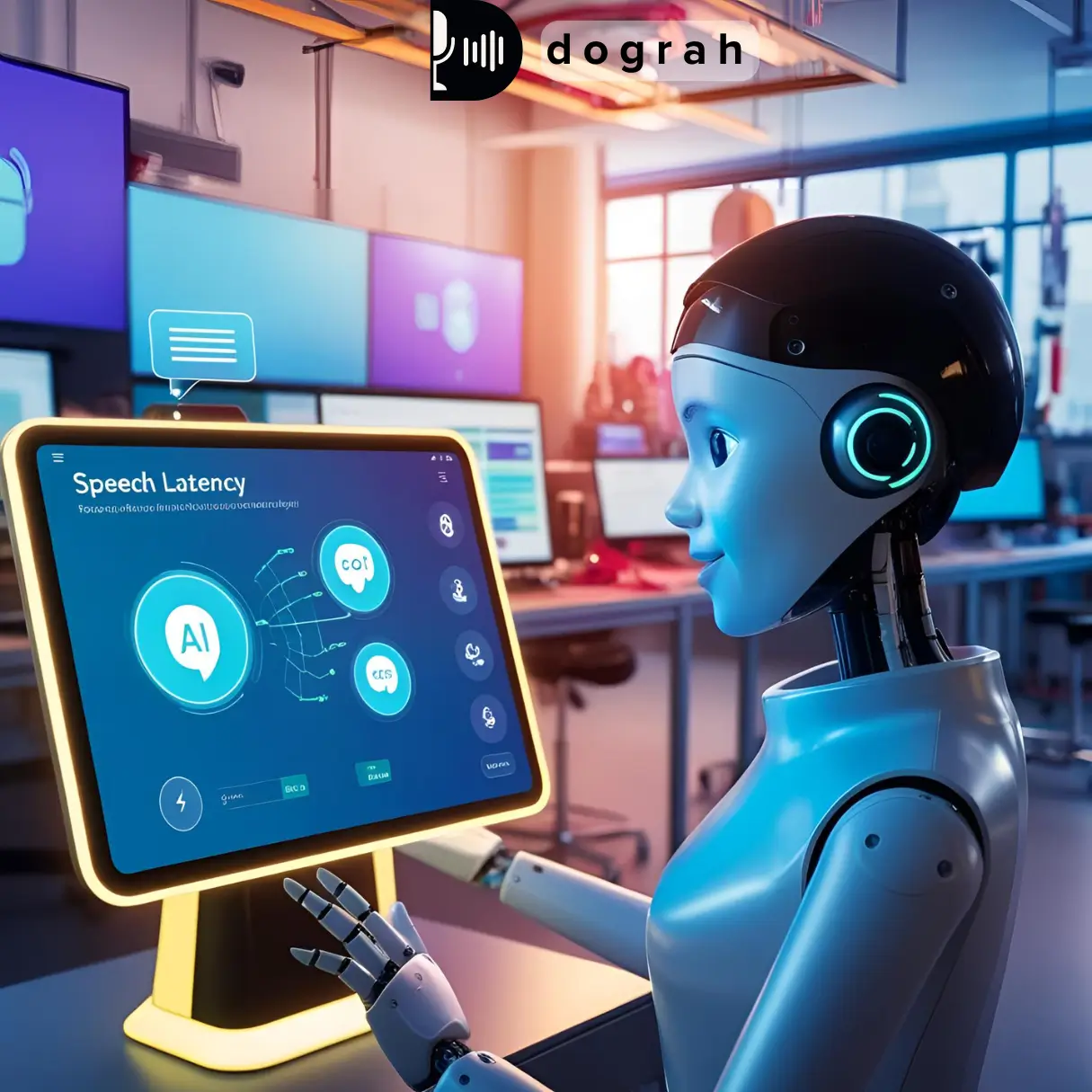
How to Reduce Latency
Using VoIP and CRM tools for continuous call assistant workflows
Voice over Internet Protocol (VoIP) and Customer Relationship Management (CRM) systems create a strong foundation for virtual assistant outbound calling. This combination offers several key benefits:
- Automatic call logging and data synchronization between systems
- Click-to-call functionality directly from CRM contacts
- Pre-call access to complete customer histories
- Post-call automated documentation and follow-up assignment
Studies show VoIP-CRM integration increases worker efficiency by about 15%. Companies using these systems have cut post-call work by up to 40%. This lets agents focus on valuable interactions instead of paperwork.
Combining AI Voicebots with human VAs for better coverage
Companies now use advanced AI Voicebots alongside human virtual assistants to create multi-tiered support. This gives 24/7 coverage without higher staffing costs. AI systems smoothly transfer complex calls to human agents while keeping all context intact.
The development of this collaborative model continues to grow. Gartner predicts that by 2031, conversational AI chatbots and virtual assistants will handle 30% of interactions normally needing human agents, up from just 2% in 2022.
Companies must design clear handoff protocols between automated and human systems to work effectively. Modern platforms use sentiment analysis to detect customer frustration and automatically connect them to human agents when needed. This smart system ensures each customer gets the right level of support while balancing efficiency with experience.
Post Call Automation and Performance Tracking
Call automation brings value beyond the conversation itself. After a call ends, advanced post-call processing takes over. This system automates administrative tasks and gathers practical insights from each interaction.
Post call automation for lead tagging and CRM updates
Post call automation eliminates tedious manual work that sales representatives traditionally handle. The integrated telephony suites automatically track calls back to specific contacts. All interaction data becomes available for future reference. Sales teams no longer need to log notes because the system adds them directly into contact histories. This lets agents move to their next call right away.
Sales teams benefit from automated meeting scheduling and task assignment. The system automatically adds appointments and follow-up actions to CRM calendars when prospects agree to meet. This might seem like a small change at first glance, but organizations using post-call automation have reported up to 40% reduction in after-call work.
Call analytics and reporting for cost optimization
Modern automation platforms turn conversations into searchable, analyzable data through immediate transcription. These platforms detect action items through voice commands and create brief summaries of key discussion points. This feature reduces after-call work and gives supervisors valuable performance insights.
Call logs create detailed interaction records with duration, timestamps, and participant information. Businesses can find ways to optimize their outbound calling operations through deeper analytics. These insights strengthen evidence-based decisions and help improve operational efficiency.
Using KPIs to measure ROI of phone call automation
Tracking specific performance indicators helps measure automation ROI accurately. Key metrics include:
- Reduction in average handling time
- Decrease in error rates and rework
- Improvement in straight-through processing rates
- Exception handling efficiency
ROI calculations follow a simple formula: ROI = [(Total Benefits – Total Costs) / Total Costs] × 100. Consider this example: if your automation solution saves $100,000 annually while costing $40,000 to implement and maintain, your ROI would be 150%.
Companies should measure baseline metrics before implementation to track improvements accurately. Regular monitoring and optimization help identify automation strategies that deliver maximum returns. This justifies the investment and guides future improvements.

AI Outbound Call
Limitations and Considerations Before Full Automation
Call automation offers impressive capabilities, but organizations need to review several critical factors before they implement full automation systems. These factors help ensure regulatory compliance and quality customer interactions.
Compliance and consent in automatic outbound call systems
Regulatory compliance is the life-blood of any outbound calling operation. The Telephone Consumer Protection Act (TCPA) sets strict guidelines for automated calls and prohibits calling numbers on the National Do Not Call Registry. Organizations must get prior express written consent from consumers to use automatic telephone dialing systems (ATDS) for mobile numbers. This consent must be obtained "a single seller at a time" through "clear and conspicuous disclosure" starting January 27, 2025.
The penalties for breaking these rules are severe—violators pay up to USD 500 per incident (USD 1,500 for willful violations). Businesses must also keep detailed audit trails of their compliance efforts since the caller bears the full responsibility of proving valid consent.
Limitations of AI in handling complex customer queries
AI technology keeps advancing but don't deal very well with certain fundamental capabilities. Current systems find it sort of hard to get one's arms around emotional cues and context-dependent questions. This emotional intelligence gap becomes a real issue during complex, high-stakes, or emotionally charged interactions that need genuine understanding.
AI systems depend heavily on predefined scenarios and quality data. Customers get frustrated when outdated or biased data leads to inaccurate responses. This predictable behavior makes it difficult for AI to handle unique or multi-layered problems effectively.
When to use human call assistants over automation
Human agents play a vital role in specific scenarios despite automation's benefits. McKinsey research shows that 71% of Gen Z respondents and 94% of baby boomers prefer live calls to explain issues quickly.
Human agents work best for:
- Emotionally charged situations that need empathy and reassurance
- Complex problem-solving with creative thinking
- Building trust and rapport with valuable clients
- Handling sensitive information or compliance-related concerns
The best strategy combines automation with human expertise. Virtual assistants handle routine queries while human agents manage scenarios that need judgment, creativity, and emotional intelligence.
Conclusion
Call automation revolutionizes outbound calling operations. It cuts costs and boosts efficiency in remarkable ways. In this piece, we've seen how regular call centers don't deal very well with their biggest problems - agents waste 75% of their time on tasks that don't generate revenue, while high turnover costs thousands for each replacement. Companies that use automation technologies report up to 60% lower operational costs, and some have cut their staff needs by 90%.
The numbers make a strong case for automation. Automated dialing systems make agents 200-300% more productive. Post-call automation cuts paperwork by 40%. The combination of AI virtual assistants and human agents creates a powerful system that improves both efficiency and customer satisfaction. These systems handle routine questions quickly while keeping human experts free to tackle complex issues that need emotional intelligence.
All the same, companies should carefully review compliance requirements and AI limitations before going all in. The TCPA has strict rules about automated calls, with heavy penalties if you break them. AI still can't read emotional signals or handle unusual situations well, which makes human agents crucial for certain interactions.
Smart businesses weigh automation benefits against these factors. They create flexible solutions that cut costs without sacrificing quality. Check out the latest voice AI workflows at dograh.com! You can calculate your potential ROI with our formula after you assess your needs. This ensures your automation investment pays off.
As outbound calling technology grows, winning strategies will blend automation efficiency with human expertise. This creates communication systems that dramatically reduce costs while keeping the personal touch customers value.
Getting started with Dograh
Interested in leveraging Dograh for lead generation, cold calling or business automation ? Here’s a streamlined path to getting started, along with direct links to essential resources :
1. Dograh AI: Quick Start Demo
2. Run Docker Command
Download and Start Dograh first startup may take 2-3 mins to download all images
3. Quick Start Instructions
How to Build AI Voice Agent - Step by Step with Dograh
Step by step written guide to building and deploying your first voice AI Agent
- Open Dashboard: Launch http://localhost:3000 on your browser.
- Choose Call Type: Select Inbound or Outbound calling.
- Name Your Bot: Use a short two-word name (e.g., Lead Qualification).
- Describe Use Case: In 5–10 words (e.g., Screen insurance form submissions for purchase intent).
- Launch: Your bot is ready! Open the bot and click Web Call to talk to it.
4. Community & Support
Join Slack Community and discuss issue with Dograh experts :
5. Additional Resource
Related Blog
- Discover the Top AI Communities to Join in 2025 for innovation and collaboration.
- Learn what makes Voice-Enabled AI Workflow Builders Effective in 2025.
- Discover how Making AI Outbound Calls Work: A Technical Guide for Call Centers can streamline automation and boost call efficiency.
- Explore AI Outbound Calling in 2025: What Actually Works Now to learn proven strategies for effective, real-world voice automation.
- See how 24/7 Virtual Receptionist Helps Small Firms Win More Clients by boosting responsiveness and improving customer engagement.
- Learn how How Call Automation Cuts Outbound Calling Costs by 60%: Virtual Assistant Guide can transform your call center’s efficiency and savings.
FAQ's
1. How does call automation reduce operational costs for businesses?
Call automation can reduce operational costs by up to 60% through increased efficiency, reduced staffing needs, and elimination of manual tasks. It boosts agent productivity by 200-300%, minimizes idle time, and decreases administrative workload by 40%.
2. What are the key benefits of implementing automated outbound calling systems?
Automated outbound calling systems improve customer engagement, reduce response times by 40%, increase sales-qualified leads by 60%, and enable businesses to handle up to 10,000 calls daily. They also provide 24/7 availability and streamline call center operations.
3. How do virtual assistants integrate with call automation tools?
Virtual assistants seamlessly integrate with automation tools to create hybrid models that combine AI efficiency with human expertise. This integration allows for automatic call logging, data synchronization, and intelligent call routing, resulting in improved customer service and operational efficiency.
4. What limitations should businesses consider before fully automating their call centers?
Businesses should consider regulatory compliance requirements, AI's limitations in handling complex queries, and the need for human intervention in emotionally charged situations. It's important to maintain a balance between automation and human interaction to ensure quality customer service.
5. How can businesses measure the ROI of implementing call automation?
Businesses can measure ROI by tracking key performance indicators such as reduction in average handling time, decrease in error rates, improvement in straight-through processing rates, and exception handling efficiency. The ROI can be calculated using the formula: ROI = [(Total Benefits – Total Costs) / Total Costs] × 100.
Was this article helpful?

